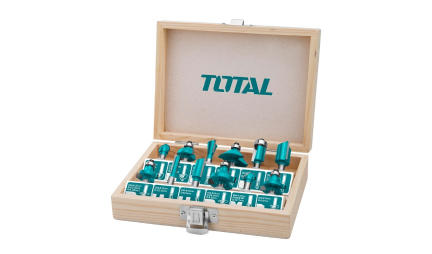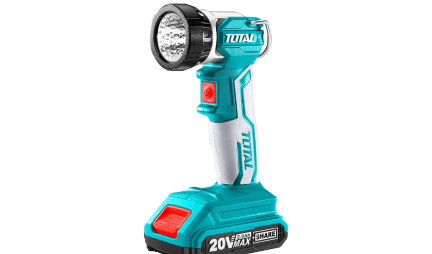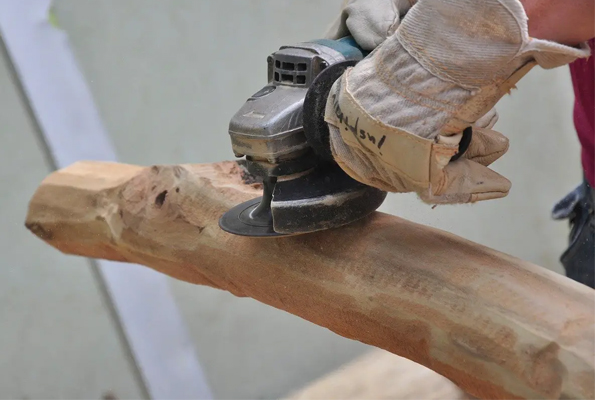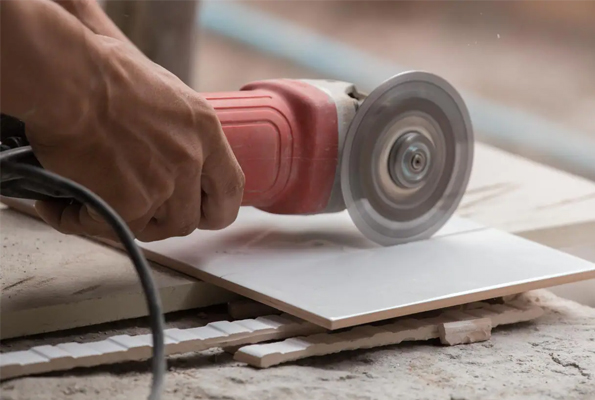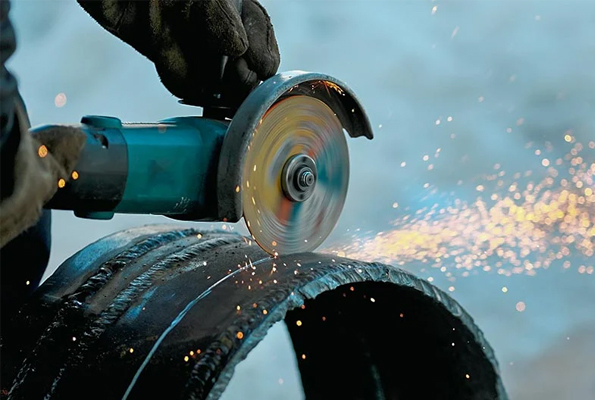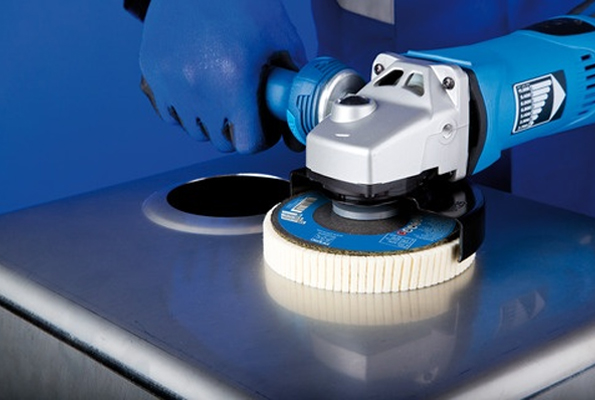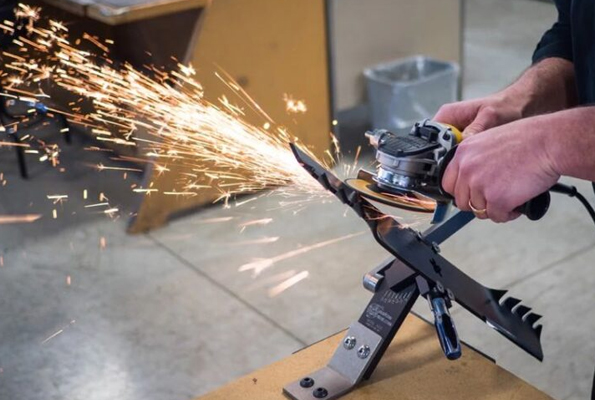Newsroom
Versatile use of Angle grinder
Angle grinders are renowned for their ability to grind, polish, and cut through metal with ease. However, these powerful tools harbor potential beyond their primary function. With a few adjustments and attachments, an angle grinder can be repurposed for various tasks, expanding its utility across different materials and applications.
1. Cutting Wood
While not the first choice for woodworking, an angle grinder fitted with a wood-cutting blade can swiftly slice through timber. Whether it’s for framing, shaping, or minor cuts, the speed and precision of an angle grinder can be advantageous, especially in tight spots where other saws might struggle to reach.
2. Tile and Masonry Work
When equipped with a diamond blade, an angle grinder becomes a proficient tool for cutting and shaping tiles and bricks. Its maneuverability and the ability to make precise cuts make it an asset during tile installations or renovation projects, allowing for intricate designs or adjustments in challenging spaces.
3. Metal Cutting and Shaping
Metalwork is the realm where angle grinders shine. Not only can they cut through various metals with different cutting discs, but they can also be used for deburring, grinding welds, and shaping metal pieces. From removing rust to reshaping metal bars, the versatility of an angle grinder is invaluable for metal fabrication tasks.
4. Removing Rust and Paint
Equipped with a wire brush attachment, an angle grinder becomes an efficient tool for removing rust, paint, and other surface coatings from metal surfaces. The high-speed rotation of the brush easily strips away unwanted layers, preparing the surface for refinishing or welding.
5. Sharpening Tools and Blades
With the right attachment, an angle grinder can be repurposed as a sharpening tool. Whether it’s sharpening garden tools, knives, or mower blades, the grinder can quickly restore edges, enhancing the cutting efficiency of various implements.



































































